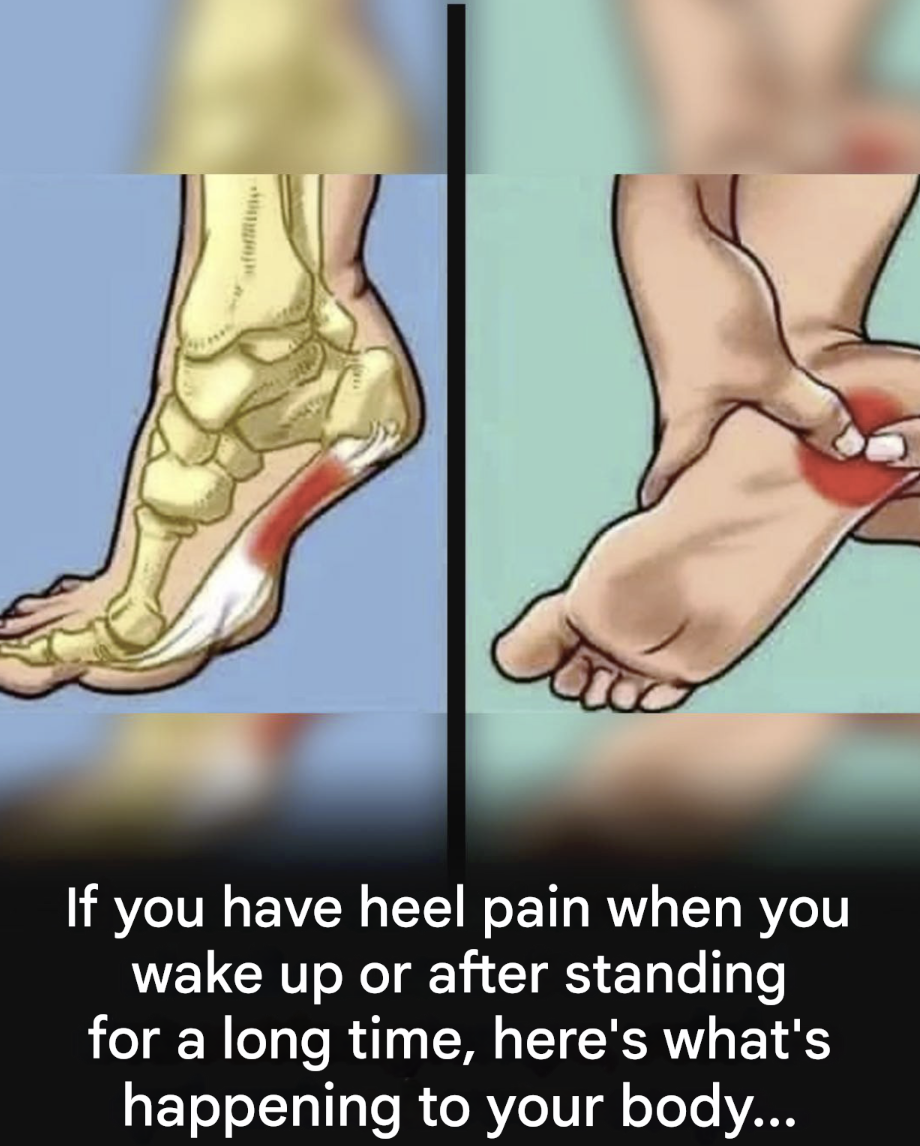
Good news: you’re not alone in facing this problem. Less good news: certain profiles are more exposed to it. Long-distance runners, obviously, but also teachers, nurses, and even salespeople , who spend all day on their feet. Being overweight can also increase the pressure on the heel and weaken this area. In short, there is not just one cause, but rather a set of factors that combine and end up « setting off the alarm bells . «
How to soothe pain on a daily basis?
The key is to act quickly, before discomfort sets in. Experts generally advise:
- Relative rest: no need to stay still, but limit activities that put too much strain on your heels (like jogging on asphalt).
- Targeted stretches: A few simple exercises can help relax fascia and relieve tension.
- Adapted orthopedic insoles: they allow better distribution of body weight and reduce pressure on the arch of the foot.
- Choosing shoes: choose good cushioning and firm support rather than models that are too flat or too rigid.
In the most persistent cases, physiotherapy sessions may be offered, always with the aim of providing relief and comfort on a daily basis.
Small preventive actions that change everything

Rather than waiting for pain to set in, why not focus on prevention? This can be achieved through simple habits:
- Warm up a few minutes before any physical activity.
- Alternate pairs of shoes daily, rather than always wearing the same ones.
- Lightly massage the arch of the foot after a day of standing.
- Maintain a stable weight to limit pressure on the feet.
These actions may seem simple , but together they make a real difference to the health of your feet.
When should you consult a professional?
Although heel pain is rarely a serious problem, it shouldn’t be taken lightly. If the discomfort persists for more than a few weeks despite comfort measures, it’s best to seek medical help. Not to overreact, but to get an accurate diagnosis and personalized advice. Because every foot is unique, and it deserves your full attention.
